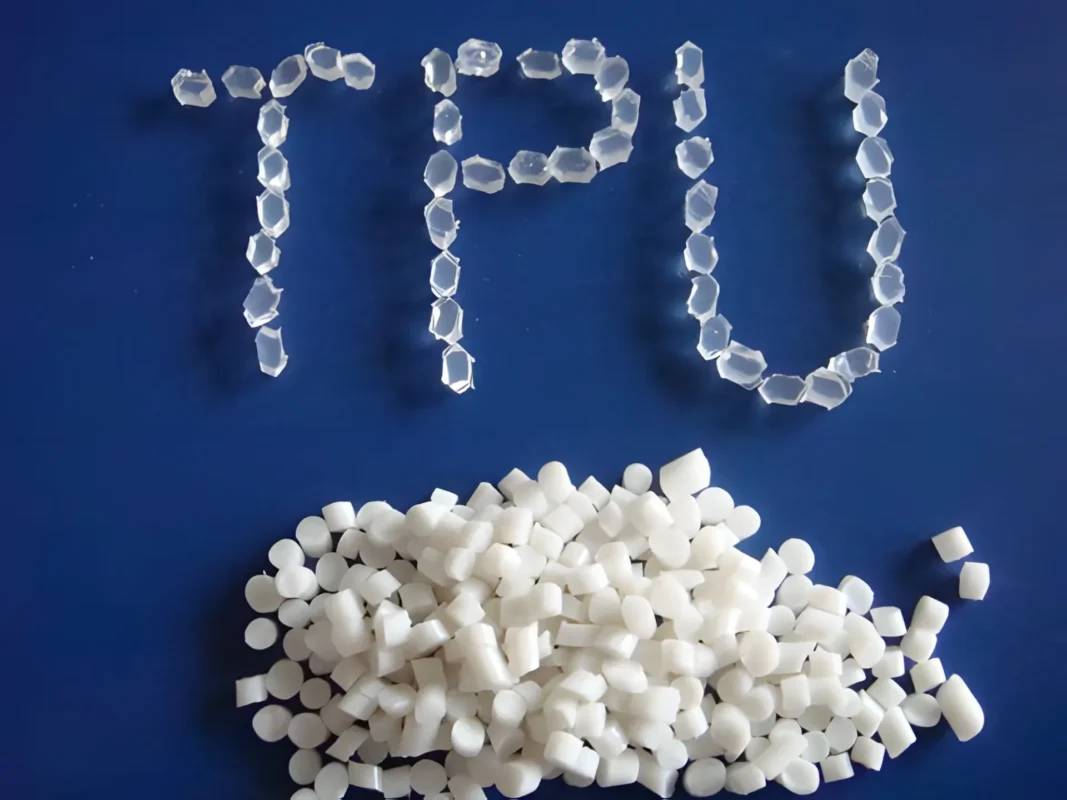Introduction
Thermoplastic Polyurethane (TPU) is a class of polyurethane plastics with many properties, including elasticity, transparency, and resistance to oil, grease, and abrasion. These features make TPU an increasingly popular material in various industries, from automotive to footwear, and notably in the production of eco-friendly products such as biodegradable gloves.
The Composition of TPU
TPU is a block copolymer, composed of hard and soft segments, which can be customized to achieve a wide range of hardness, rigidity, and added functionalities. The ratio and chemical structure of these segments determine the polymer’s flexibility and resilience. This adaptability makes TPU uniquely suitable for creating products that need to withstand stress and wear while maintaining their shape and integrity.
Key Properties and Advantages
- Elasticity: TPU can stretch under physical stress and return to its original shape, making it ideal for use in items like elastic bands and protective cases.
- Durability: Its resistance to oils, chemicals, and abrasion makes TPU a preferred material for products exposed to harsh environments, such as industrial components and medical devices.
- Biodegradability: Certain grades of TPU are designed to be biodegradable, breaking down under specific environmental conditions, which helps reduce waste and pollution.
- Transparency: TPU maintains a high level of transparency, which is critical in applications such as medical tubing and phone cases.
- Temperature Resistance: TPU performs well in both low and high temperatures, which is essential for products used outdoors or in variable climate conditions.
Applications of TPU
TPU’s versatility allows it to be used in an array of applications:
- Automotive parts such as tubing, hoses, and seals that require flexibility and durability.
- Medical devices, where non-toxic, sterilizable, and flexible materials are crucial.
- Footwear and apparel, leveraging its elasticity for comfort and durability.
- Electronics, using TPU in cases and covers for shock absorption and protection.
- Eco-friendly products, particularly in the production of biodegradable consumer goods such as gloves, which are increasingly in demand in sustainable markets.
Environmental Impact
The production of TPU can be more environmentally friendly compared to other plastics, especially when manufactured from renewable sources. Its potential for biodegradation also makes it a standout choice for reducing environmental footprints in product disposal. However, the environmental benefits depend significantly on the specific chemical formulations and production practices of the TPU.
Conclusion
TPU stands out as a material that not only meets the demanding standards of various industries but also aligns with growing ecological and sustainability goals. Its development continues to advance, promising even greater contributions to a range of applications, including protective gear, medical supplies, and consumer electronics. As industries lean towards more sustainable practices, TPU is poised to be at the forefront, offering solutions that combine performance with reduced environmental impact.
This exploration into TPU illustrates why it’s considered a cornerstone material in the bridge to a more sustainable and durable future. Its ability to be tailored for specific needs while maintaining an eco-friendly profile offers a glimpse into the future of material science where functionality and environmental responsibility go hand in hand.

